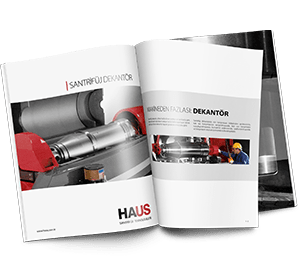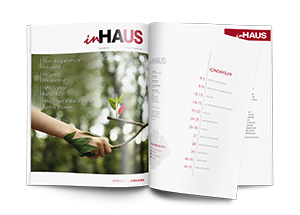Pineapple juice could be a prevalent tropical refreshment. It is made from the pineapple natural product, which is local to South America. Pineapple is broadly developed in Asia (Thailand, Philippines, Malaysia, China and India) and South America (Brazil and Costa Rica), with Brazil being the world’s biggest producer.
Pineapple juice is gotten by a mechanical handle from the tissue or parts of ready pineapple natural product (Ananas comosus). The most pineapple assortments utilized for juice are Smooth Cayenne, Abacaxi (Pemambuco or Perola) and Ruler. Pineapple juice may contain finely part insoluble materials, but does not contain shell parts, seeds, other coarse or difficult substances or additional mash. For viable reasons, juice for send out is as a rule concentrated and afterward reconstituted with water. This brings down transportation costs, which would something else incorporate costs for water and bundling. Juice from different sources can be blended and canned as pineapple juice with or without included sugar. It can moreover be clarified, refined.
Global Pineapple Market: Market Share by Region 2021
Primarily, while making pineapple juice from the pineapple fruit, certain quantum of water is uprooted from the juice to make it thicker and have better texture and thickness. For the movement of the concentrate, from one place to another it's kept in aseptic bags, to make sure that the fruit does not slip during the trip. There are numerous specifications of the pineapple fruit concentrate, which makes it relatively popular among people consuming the product. Some of them are as follows:
• The chance by weight of sugar in the product is roughly 15.
• On a pH scale, the value of the product lies between 3.2 to 4
• The weightage of pulp in the product is between 4 to 7.
• The color of the product is generally yellowish.
• The acidity of the product is around 2 to 3.
• The acid rate of the product lies in between 20 – 25.
• The shelf life of the product is nearly between 20 to 26 months.
STAGES OF PRODUCTION FROM PINEAPPLE (NOT-FROM CONCENTRATE)
STAGES OF PRODUCTION FROM PINEAPPLE (CONCENTRATE PINEAPPLE JUICE)
HAUS IBA ROLE IN PINEAPPLE JUICE INDUSTRY
HAUS IBA series able to function such a way that a single separator is adequate to produce high and low pulp product. High pulp typically has 11-16% pulp concentration whereas low pulp has 6-8% pulp concentration.
High pulp product which 11-16% pulp concentration is used mainly to produce concentrate pineapple juice (CPF) When producing concentrate fruit juice, the components typically travel extensive distances to reach their destinations. The advantage is that the concentrate has a smaller volume and can therefore be transported at a lower cost than pure juice or fruit that must be transported. Additionally, the concentrate can be processed at the manufacturing site to produce a consistent juice with a long shelflife. As a result, the juice doesn't change much in taste between batches and only has a consistent composition. This results in a juice that has no major fluctuations in taste and only slight nuances in taste in the different batches.
Low pulp product generally used to produce pure juice and also know as ‘Not From Concentrate’ (NFC). Pure juice has the advantage of being natural, fresh, and made from fruit. The natural ingredients and the full fruit aroma are preserved because the juice is made without concentration or flavoring. However, the flavors of the juices from various batches might be slightly different. This is because the fruits used develop their aroma over time, making it impossible to completely standardize the taste.
ADVANTAGES OF USING HAUS IBA SERIES
HAUS Disc Stack Separators are particularly useful in the food and beverage industry because they can handle large volumes of liquid and can separate solids with a high degree of efficiency, leading to improved product quality and reduced production costs. They are also easy to clean and maintain, which makes them ideal for use in food processing plants where hygiene is top priority.
Our top benefits are HAUS separators able to do low and high pulp output with single machines. We avoid running the equipment in recycling process to produce low pulp output. Thus, increasing efficiency and lower the runtime. In terms of design, we have compact skid design and user-friendly operation system where all the settings and operation are done through local HMI and can be integrated to plant’s SCADA or DCS if needed for centralized control system.








